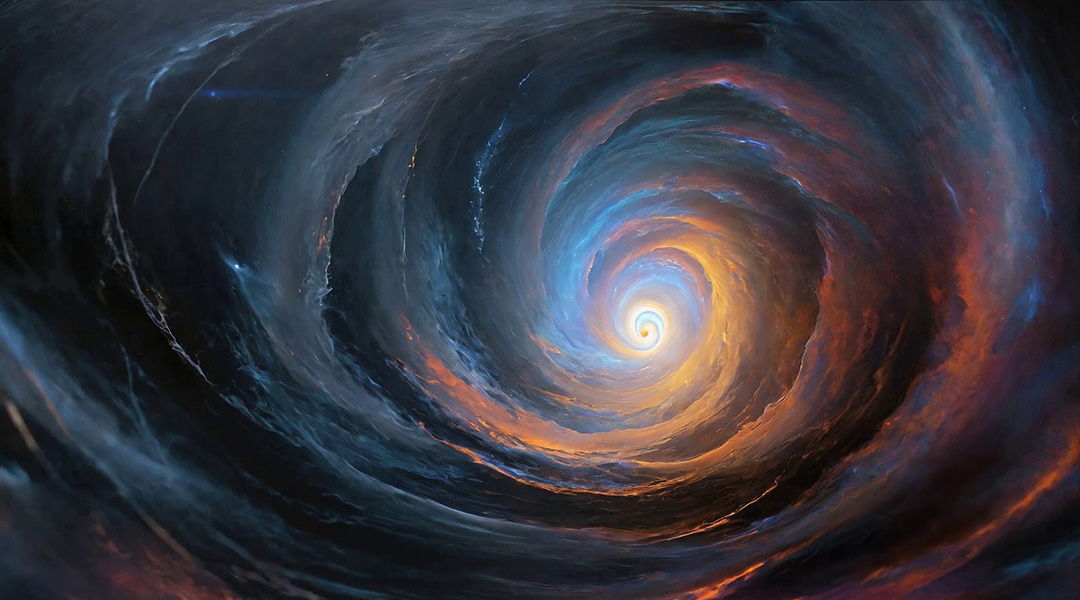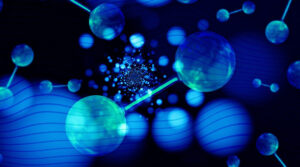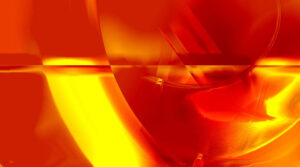Even tiny deviations in pendulum behavior caused by quantum gravity could be clearly noticeable, say researchers.
Despite its potential importance, progress in developing a theory of quantum gravity has been slow. A significant obstacle is the lack of technology capable of creating the extreme conditions necessary to observe quantum effects in gravity. For example, studying quantum effects in a laboratory would require particle accelerators with energies 15 orders of magnitude greater than those currently available.
A team of physicists have proposed a simpler experiment to study quantum gravity, one that might be easier to carry out than previous methods. Published in Physical Review X, the team’s idea involves examining gravitational interactions between harmonic oscillators–systems that oscillate at a constant frequency, such as pendulums.
“We designed and investigated a class of experiments involving a system of massive ‘harmonic oscillators’ — for example, torsion pendulum, essentially like the one that Cavendish used in his famous 1797 experiment to measure the strength of the gravitational force,” Ludovico Lami, theoretical physicist at the University of Amsterdam and QuSoft, and one of the authors of the study, explained in a press release. “We establish mathematically rigorous bounds on certain experimental signals for quantumness that [the] classical gravity should not be able to overcome.”
The behavior of these systems is very well understood and can be accurately analyzed using quantum mechanics — even the tiniest deviations in the pendulums’ behavior caused by quantum effects in gravity would be clearly noticeable.
The search for quantum gravity
Finding the right theory of quantum gravity is a key objective in modern theoretical physics. The “quantumness” of our world lies in the probabilistic nature of many processes which occur on subatomic scales. Because of this, quantum effects in the gravitational interactions of massive bodies, such as on the scale of planets, are virtually undetectable.
However, near the centers of black holes and in the first moments of the Universe, the densities and energies of matter are so great that these quantum effects become significant.
Prior to the current study, previous attempts to detect quantum gravitational effects included examining the attraction between objects in a state of superposition, where they exhibit a combination of multiple possible states, as allowed by quantum mechanics.
However, for these objects to create a gravitational field strong enough to be measured, they need to be about 18 orders of magnitude heavier than those typically used in superposition experiments.
Using heavier objects isn’t straightforward because they quickly lose their quantum states due to interactions with their environment, making it technically and practically challenging to maintain the delicate conditions required for such experiments.
Pendulums could be the key
To get around this, the team turned to a set of pendulums, calculating the system’s optimal parameters to reveal any quantum effects in the gravitational interactions between the pendulums.
They found that if the weights were about 100 milligrams and the distance between the weights of neighboring pendulums was only a few microns, then the system was large enough to generate a measurable gravitational field, but sufficiently small enough to showcase any quantum behavior.
Their calculations showed that for their experimental setup, quantum effects in gravity should cause the oscillations of pendulums to become slightly chaotic and random, which could be measured.
Although this proposed pendulum experiment is much simpler to implement than needing a galaxy-sized accelerator or those based on superposition (which will likely never be realized), putting it into practice requires overcoming its own set of technical limitations. Overcoming temperature noise, for instance, necessitates cooling the system to temperatures a fraction of a degree above absolute zero, which is several orders of magnitude lower than is currently possible.
Nonetheless, Lami and his team remain hopeful, asserting that with continued technological advancements allowing lower and lower temperatures, their proposed experiments could soon transition from theory to reality.
”We have carefully analyzed the experimental requirements needed to implement our proposal in an actual experiment, and find that even though some degree of technological progress is still needed, such experiments could really be within reach soon,” concluded Lami.
Reference: Ludovico Lami et al, Testing the Quantumness of Gravity without Entanglement, Physical Review X (2024). DOI: 10.1103/PhysRevX.14.021022
Feature image credit: JuliusH on Pixabay












+ There are no comments
Add yours